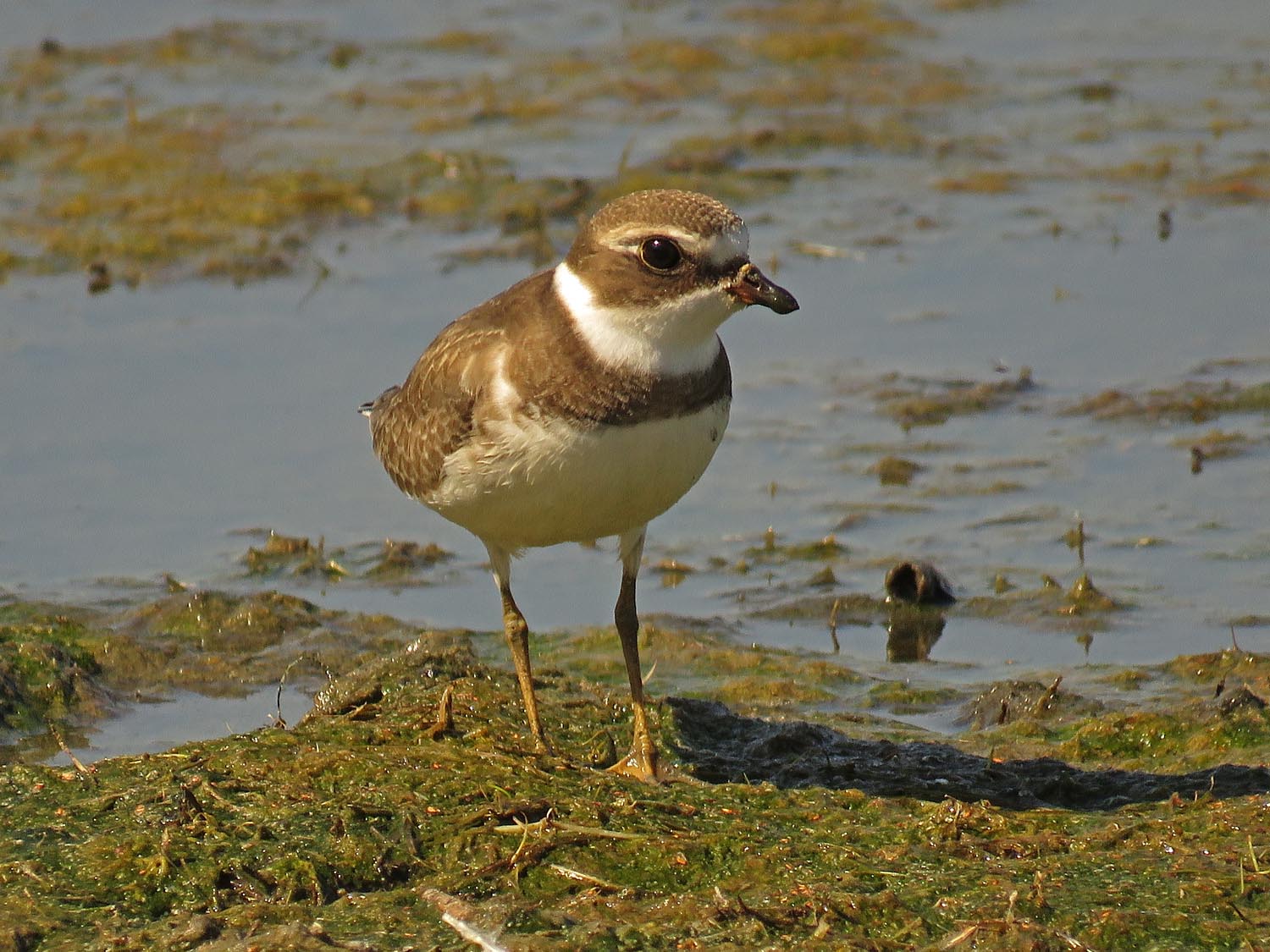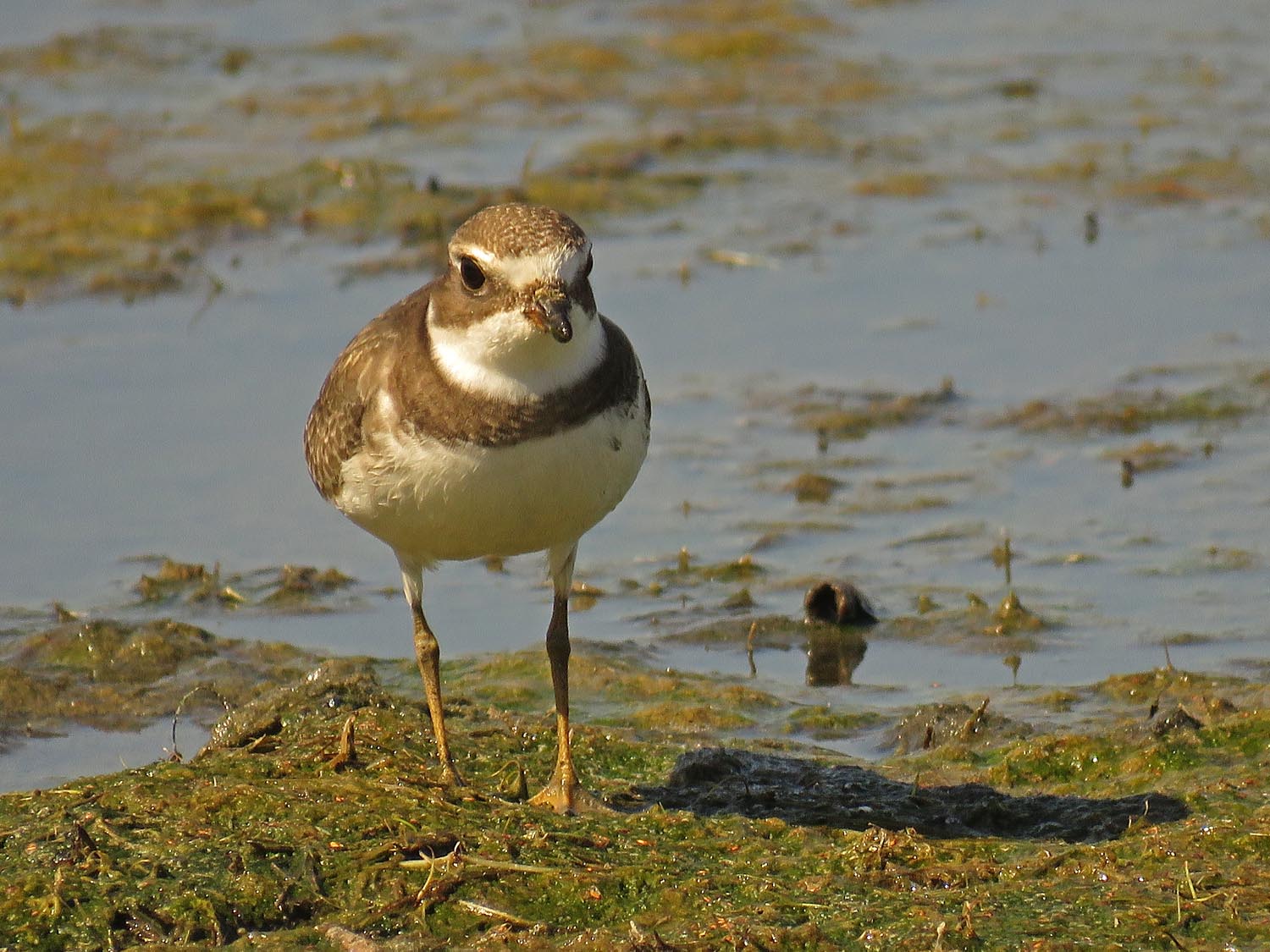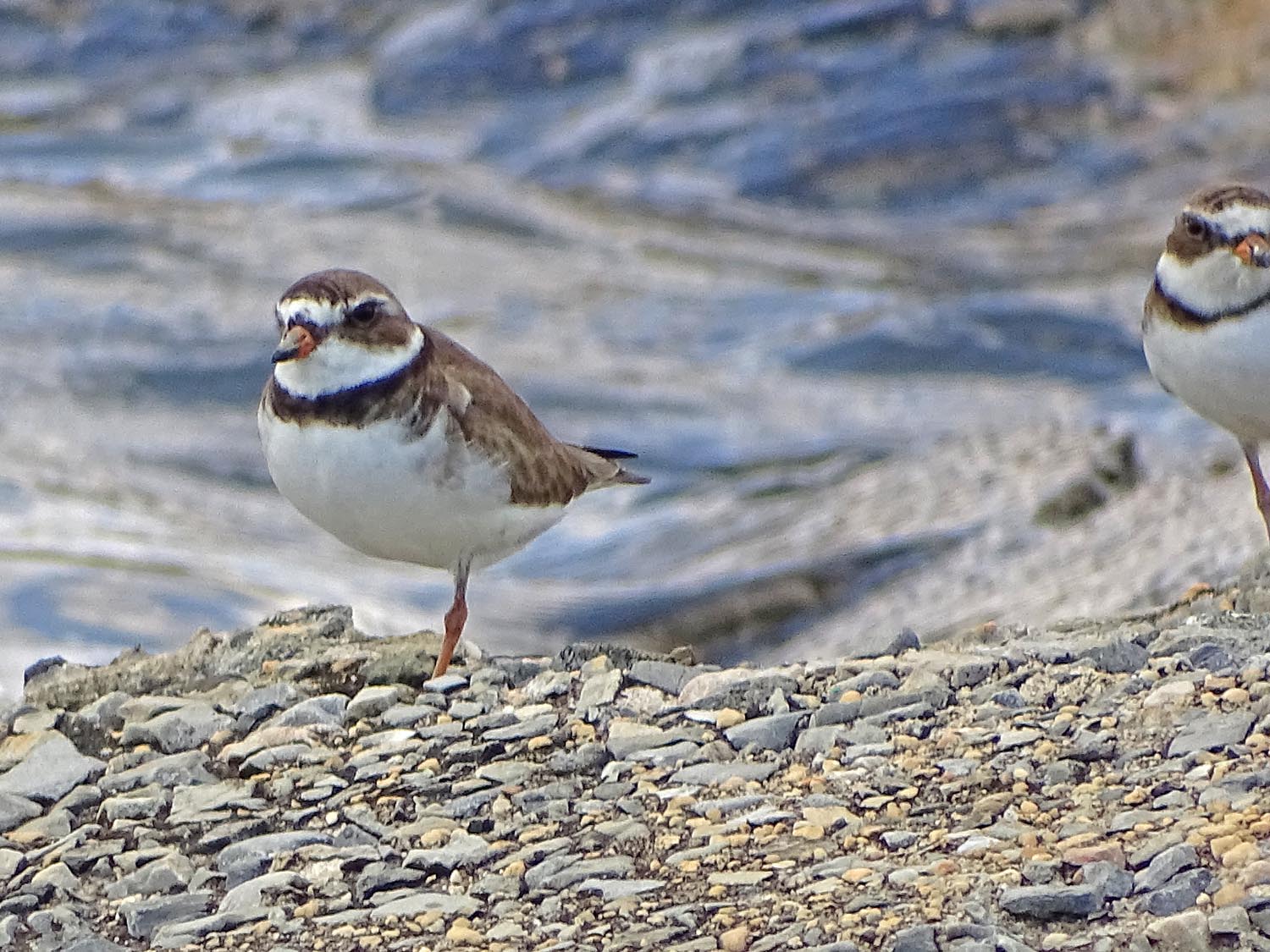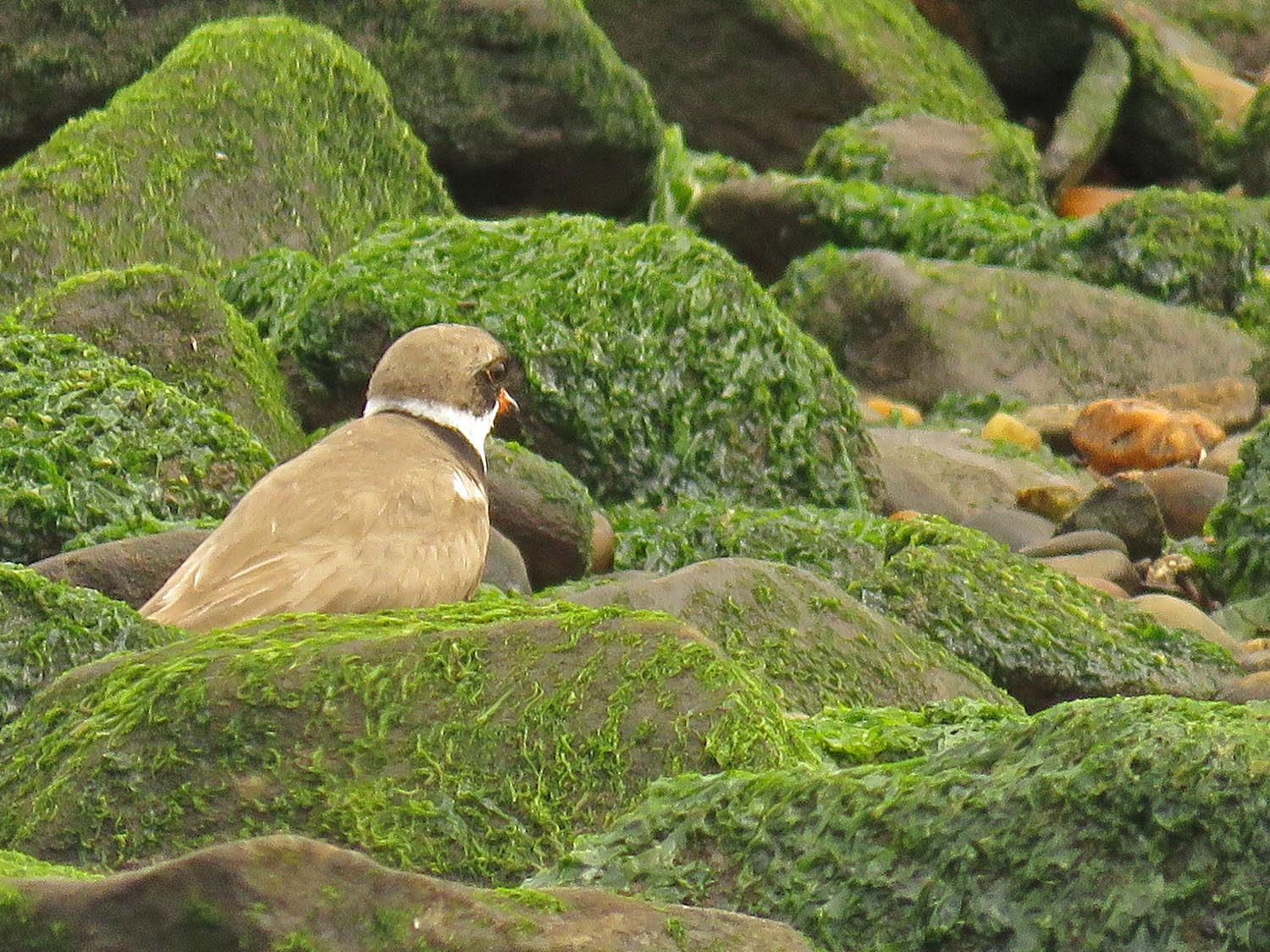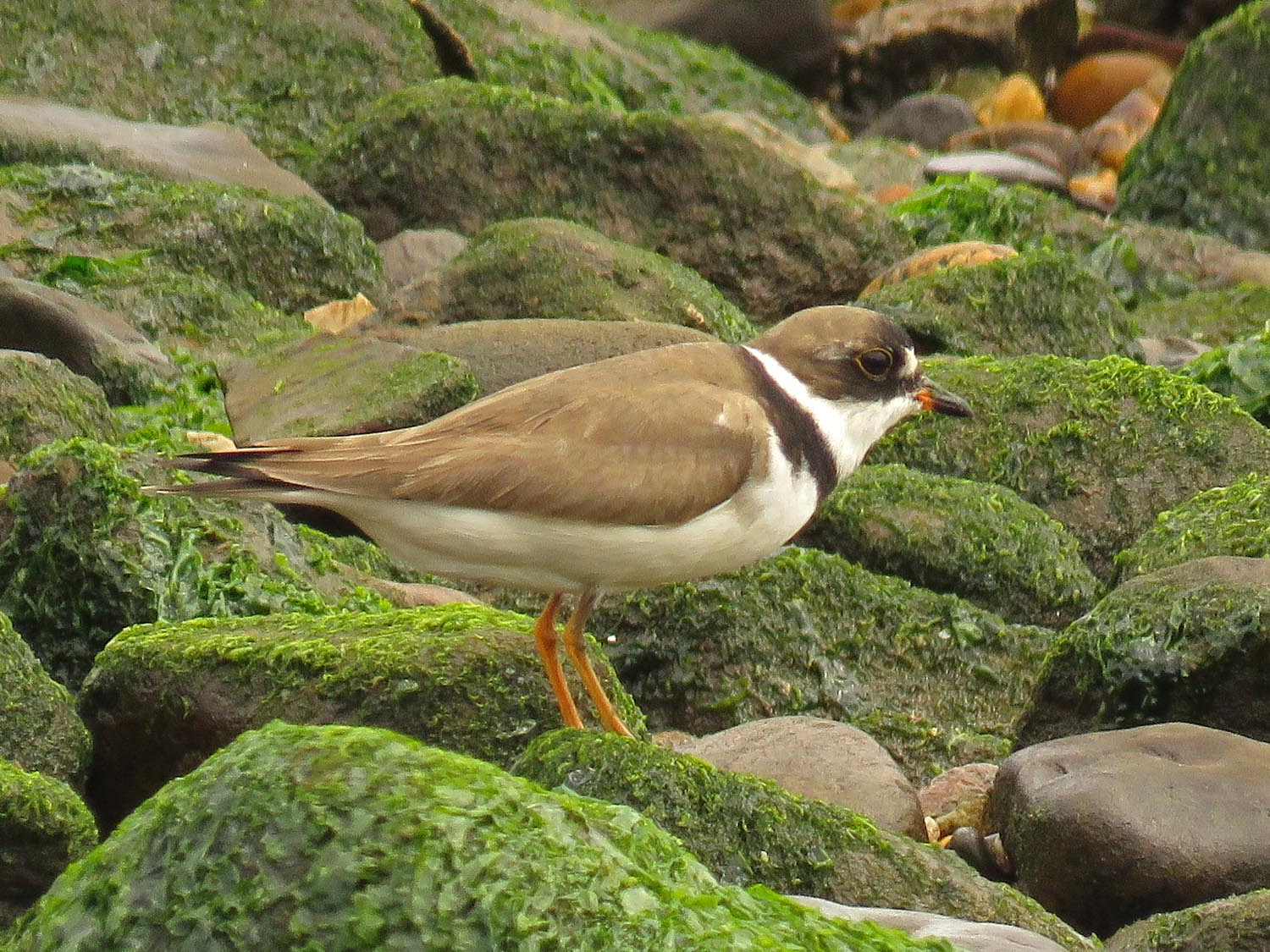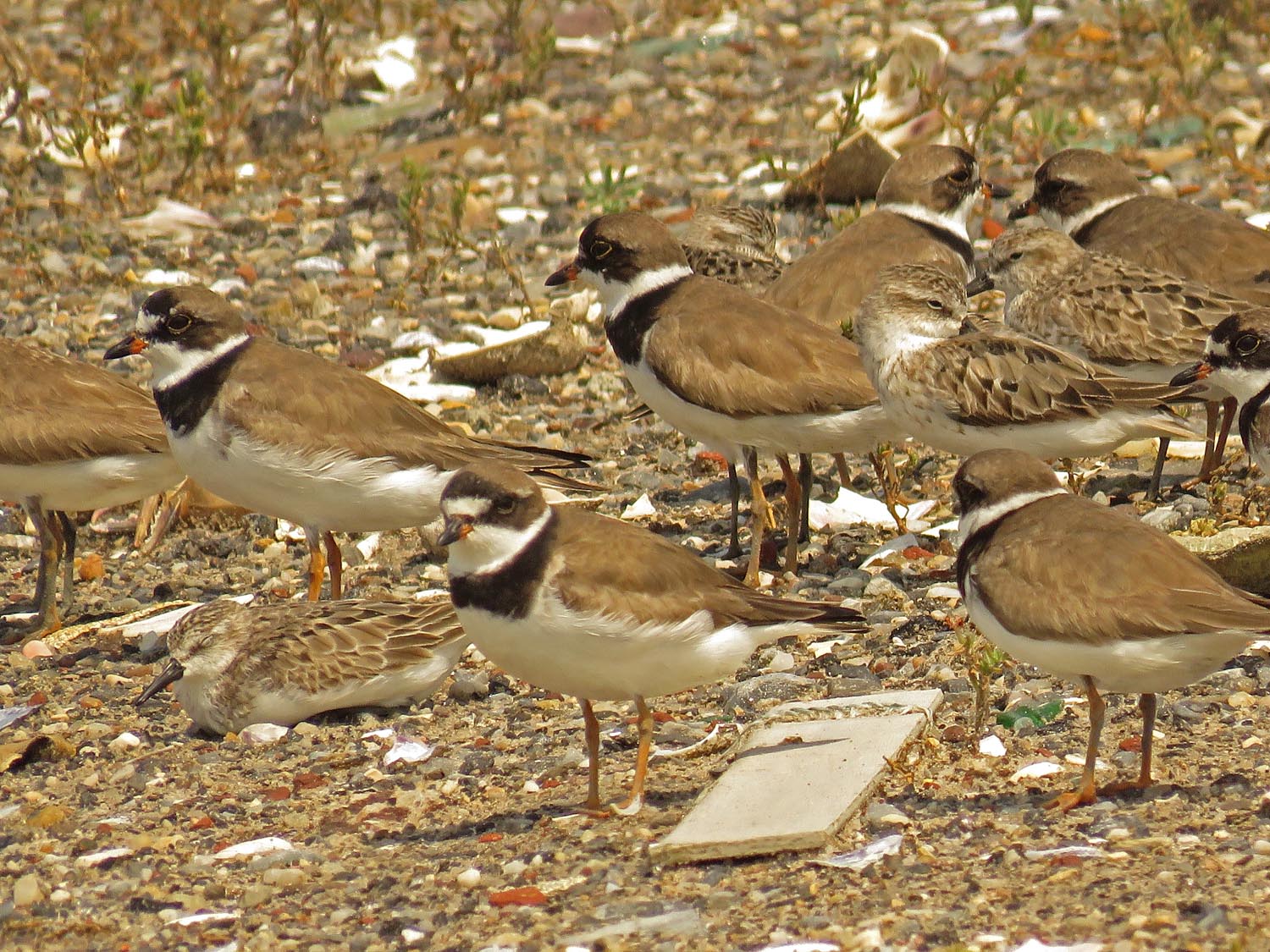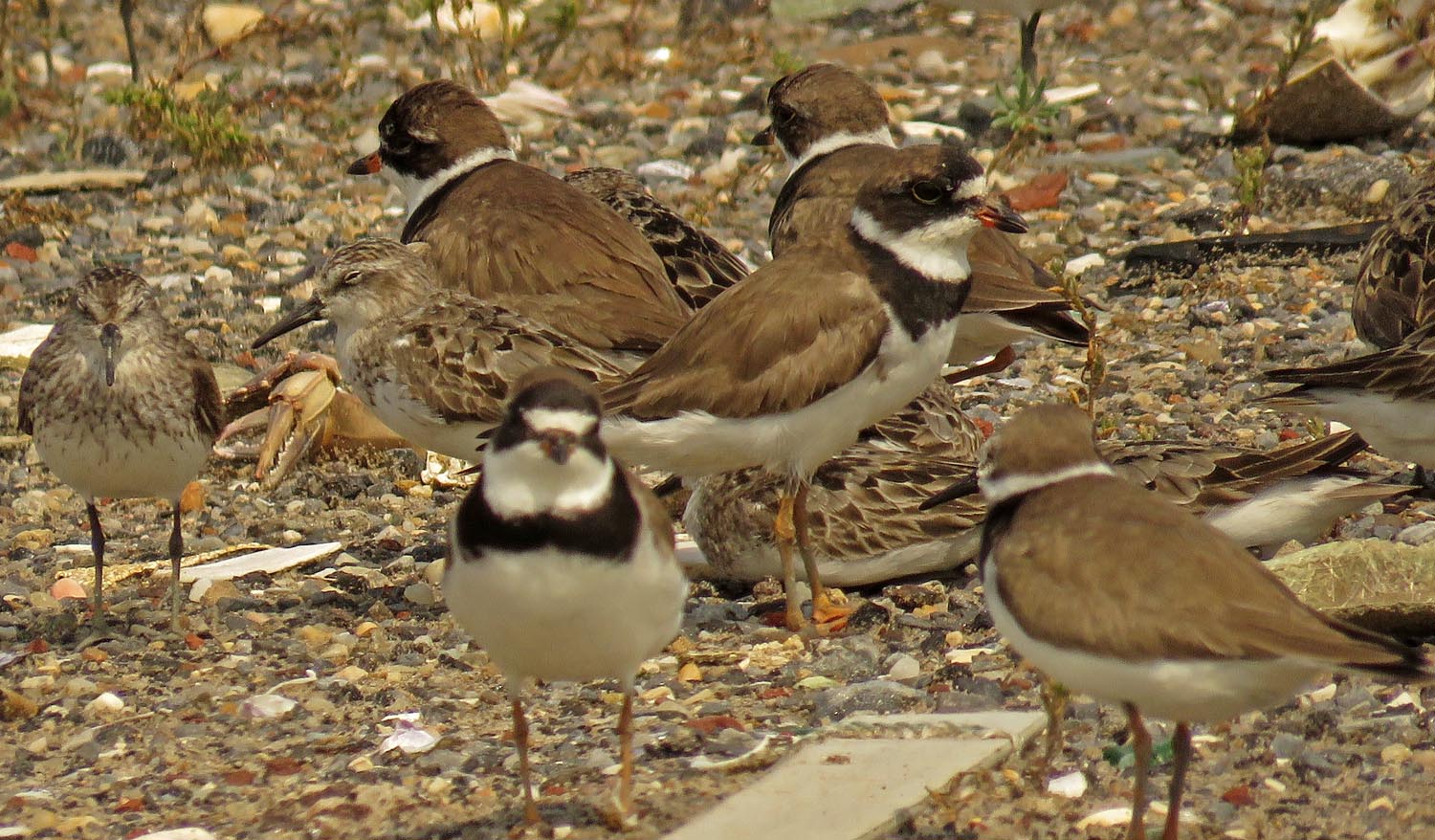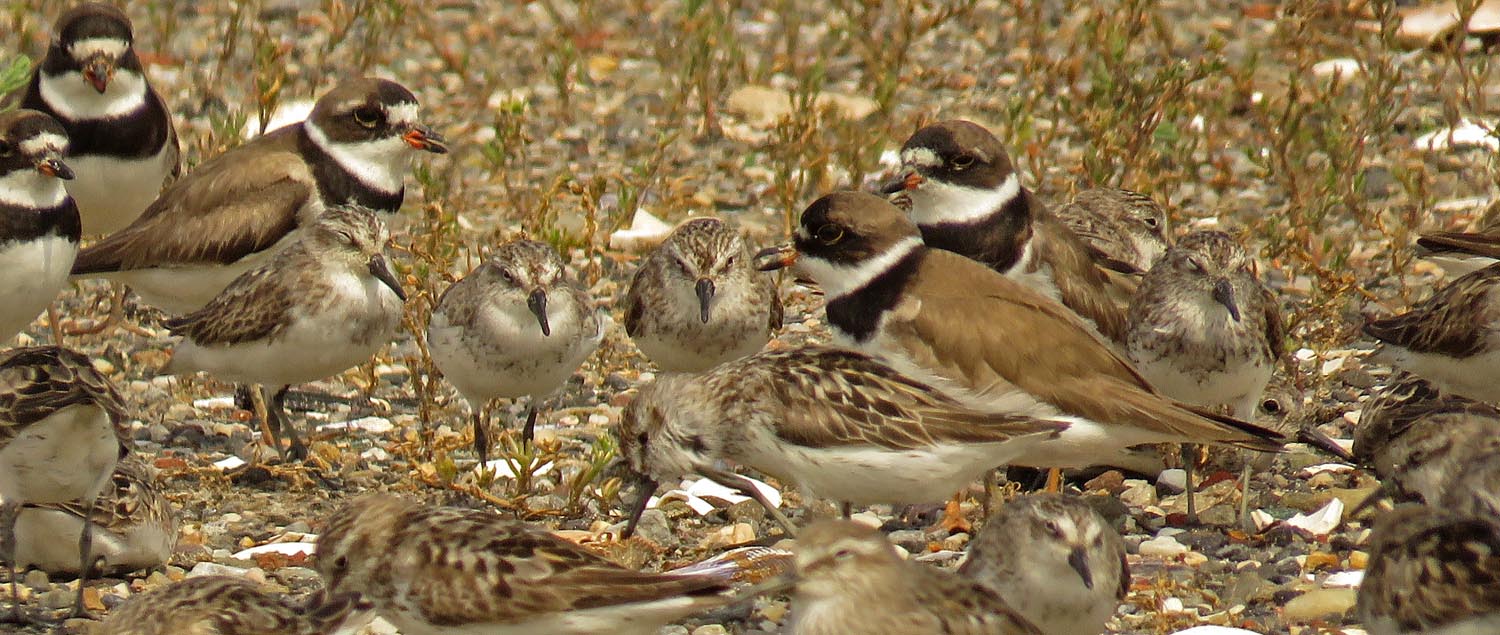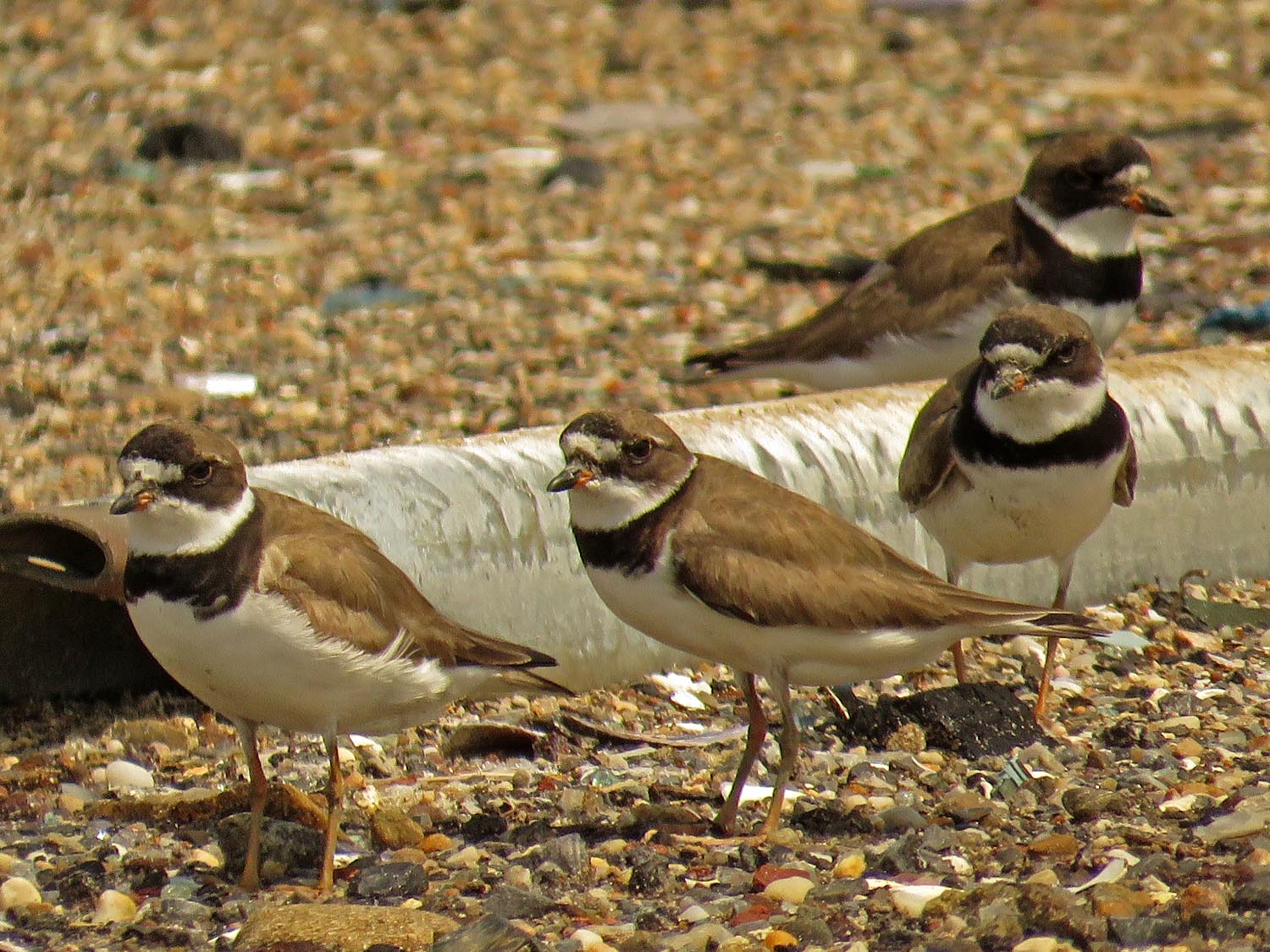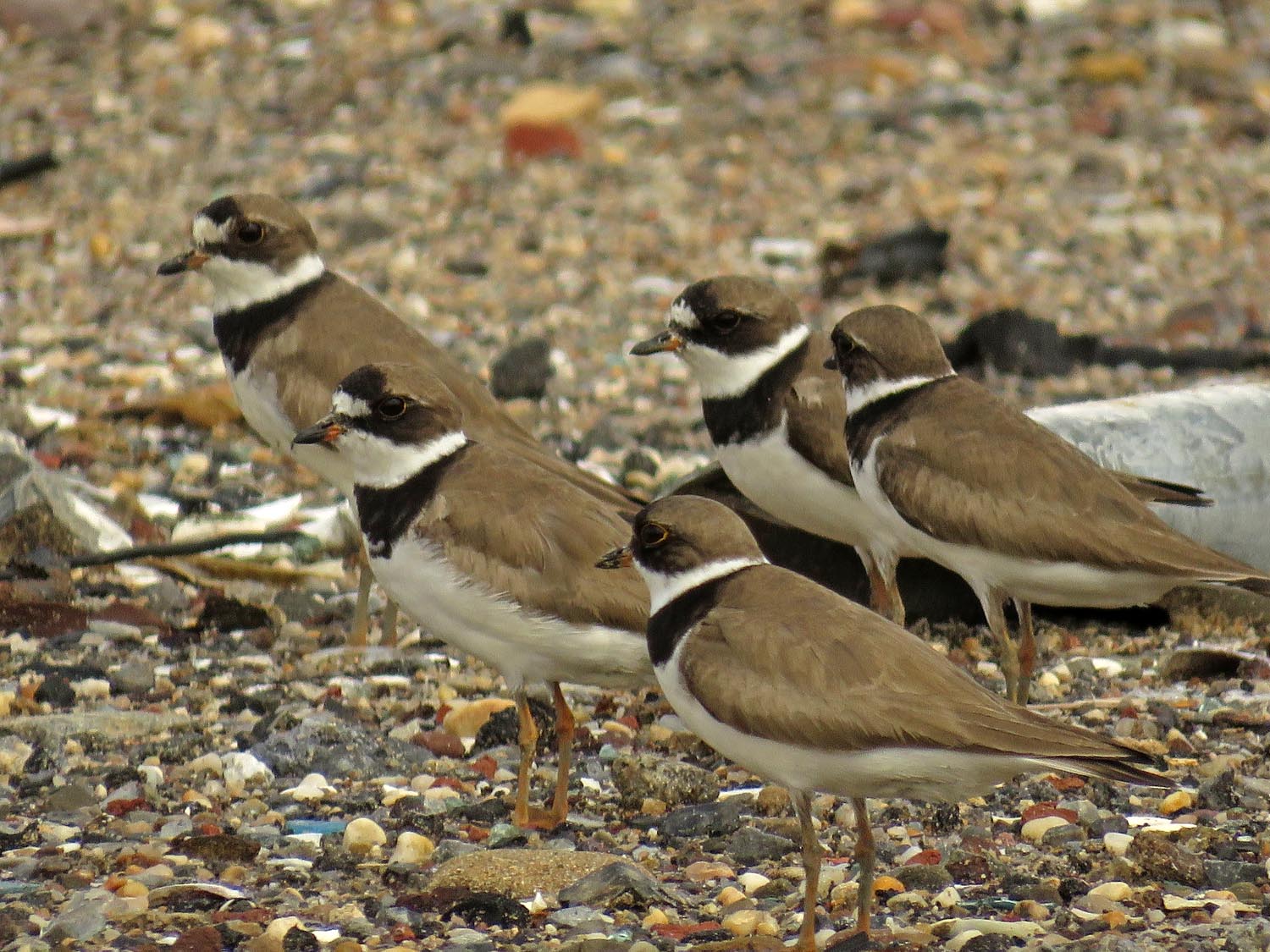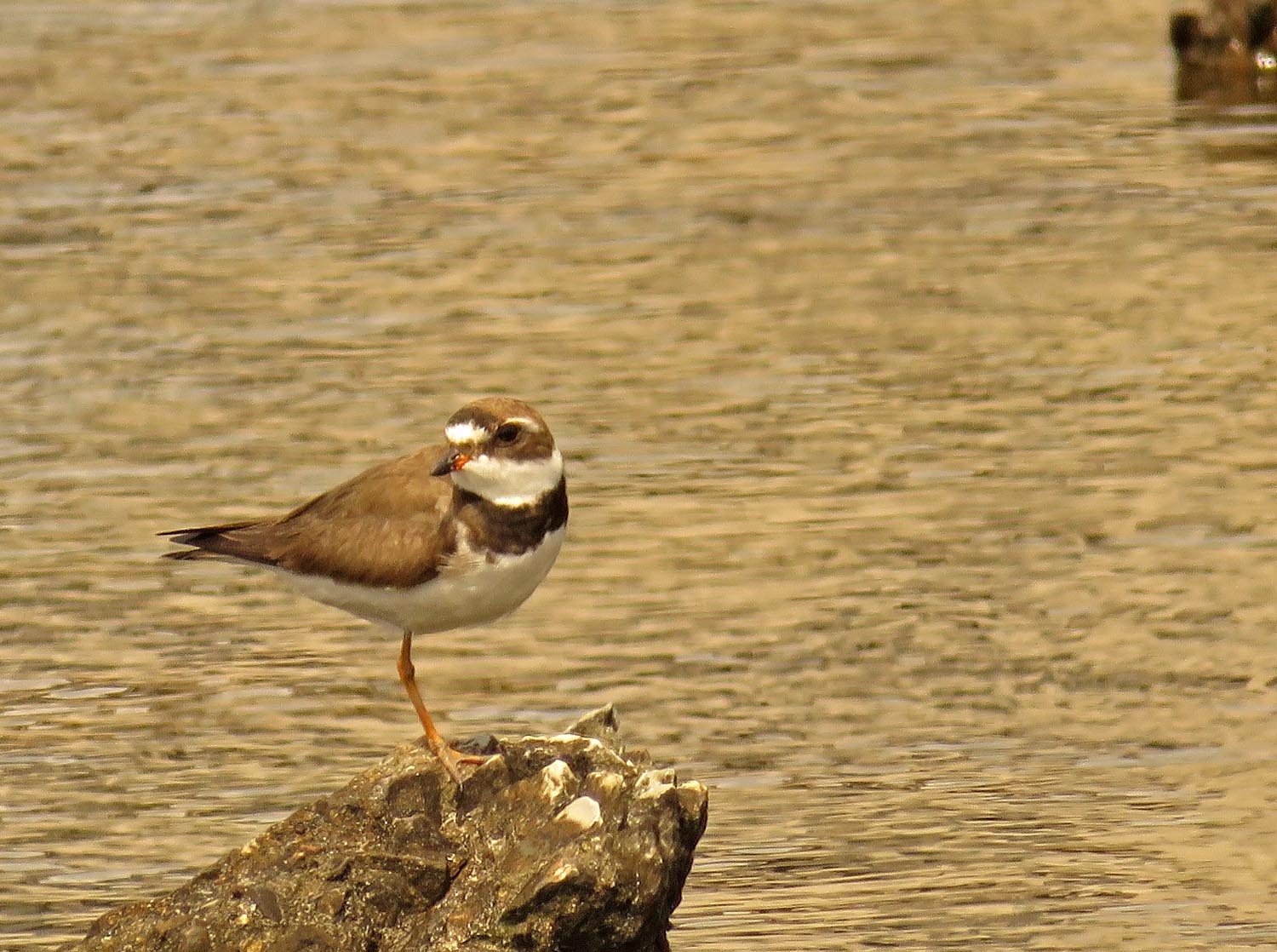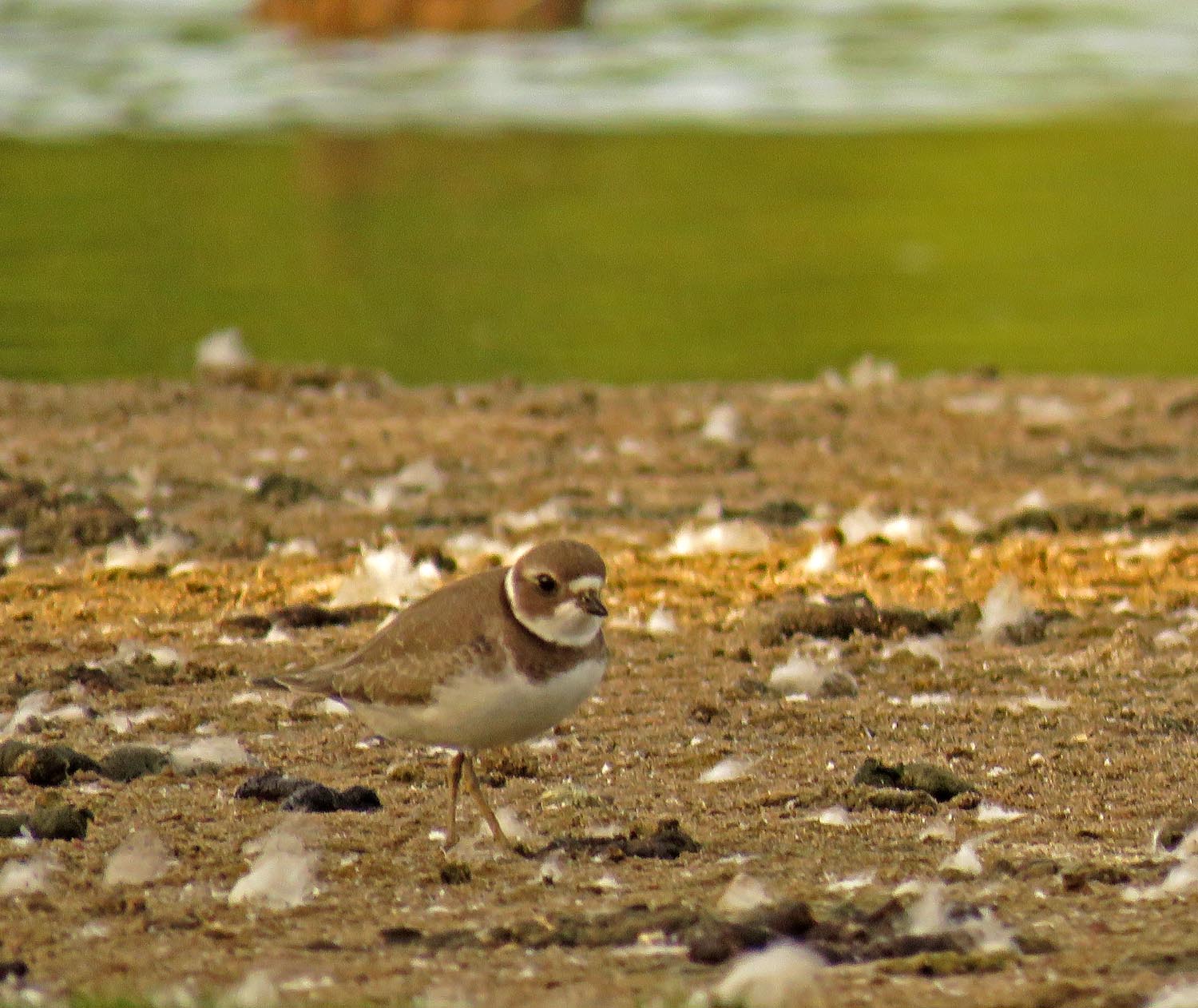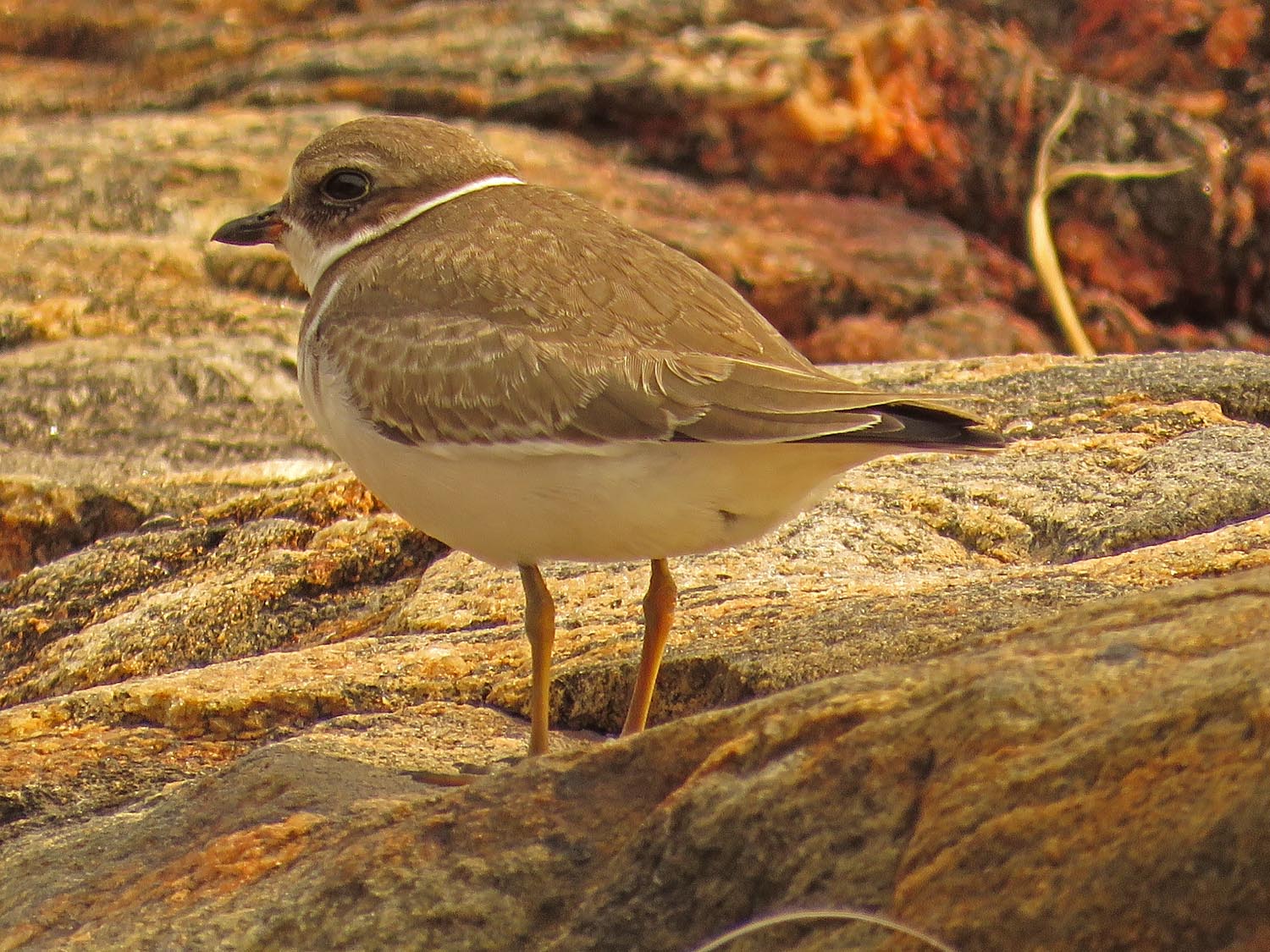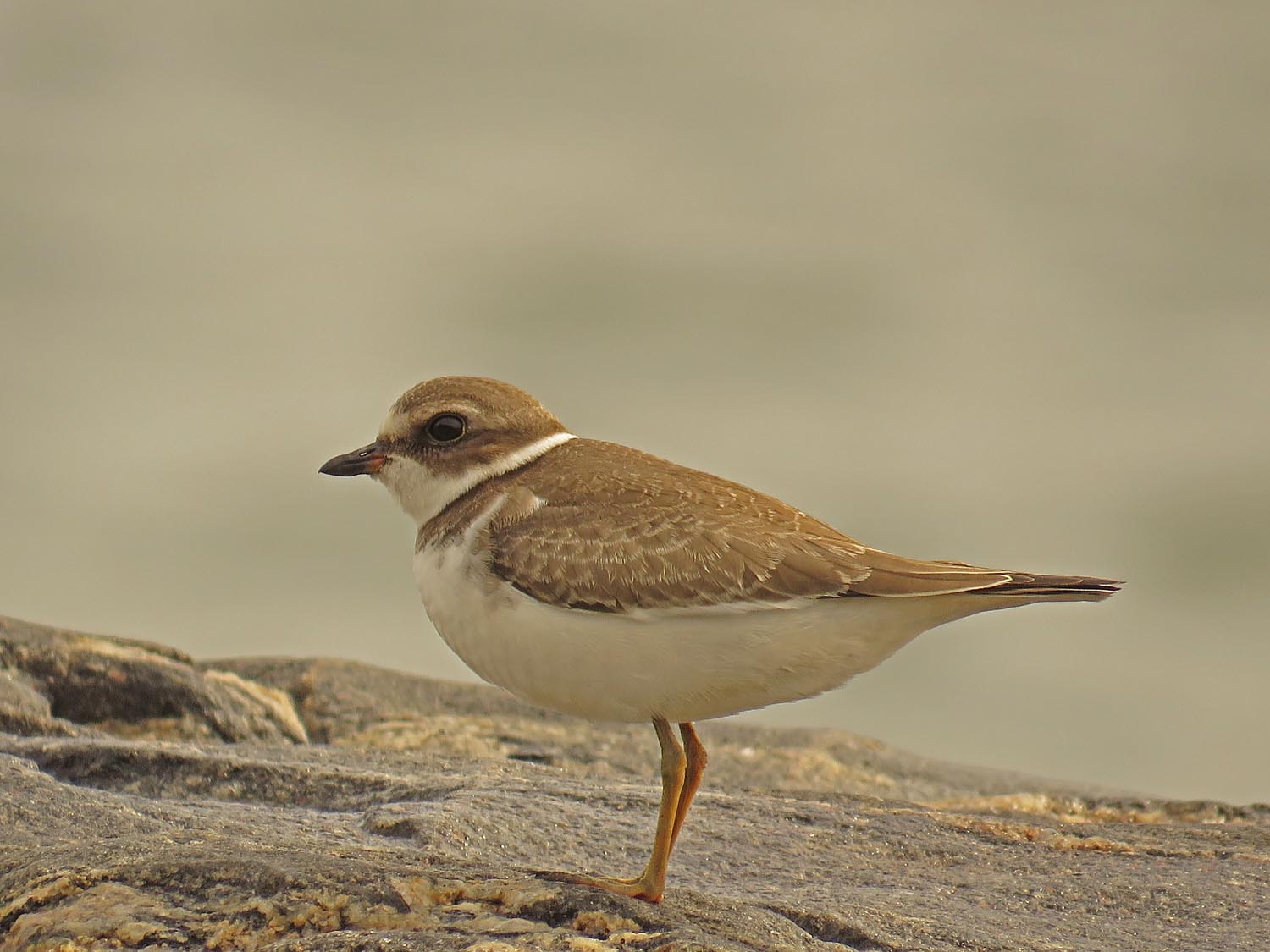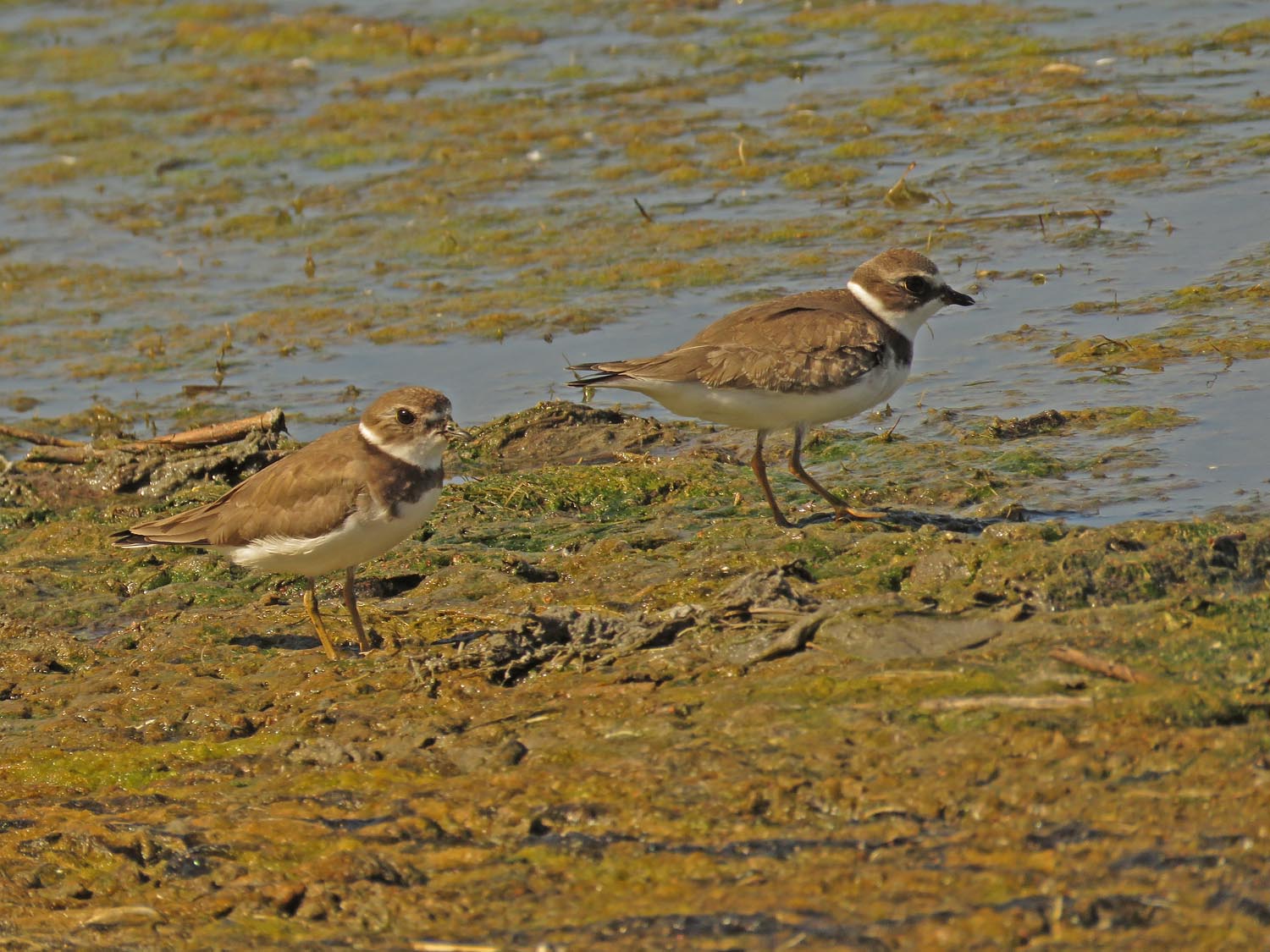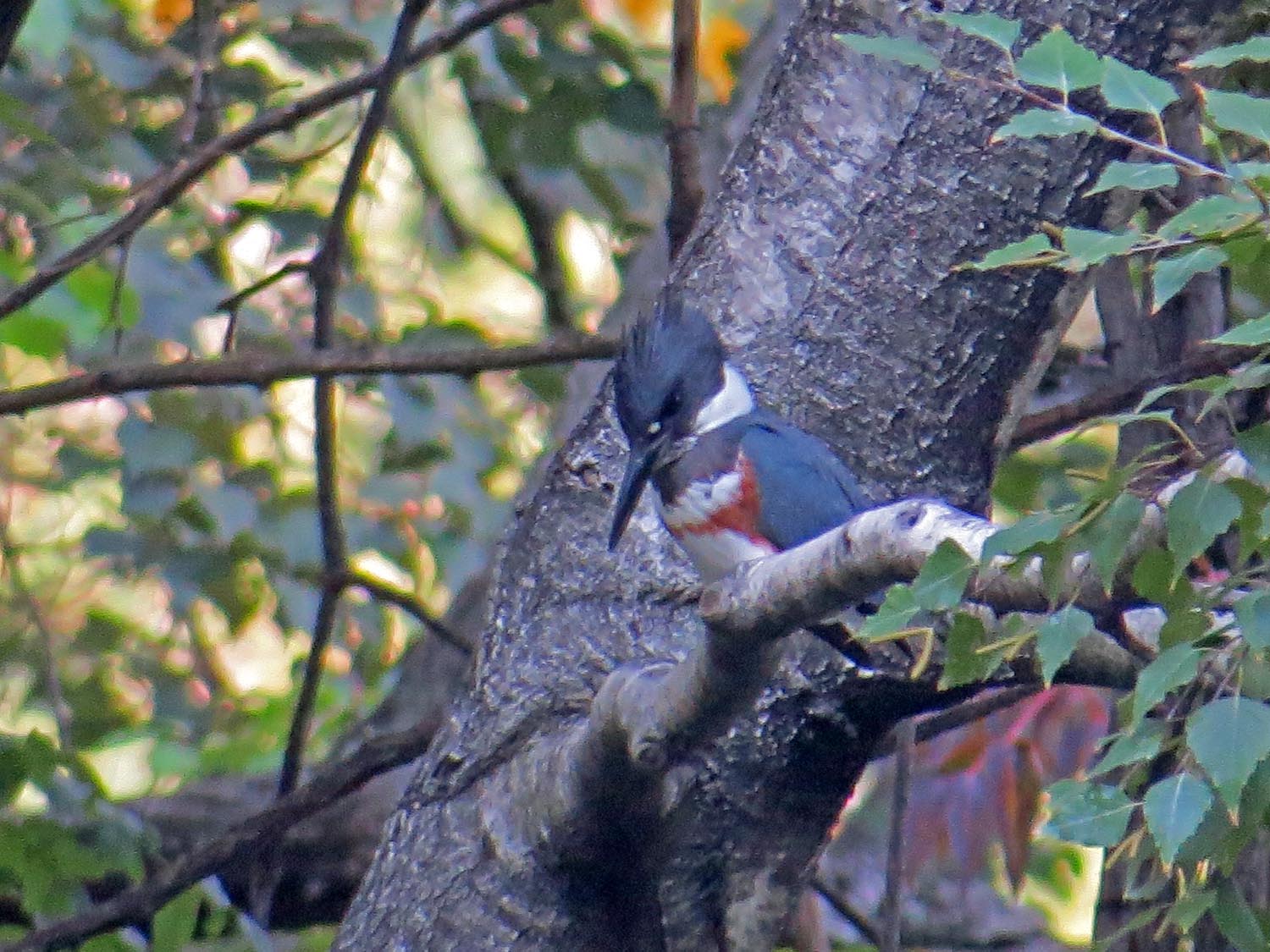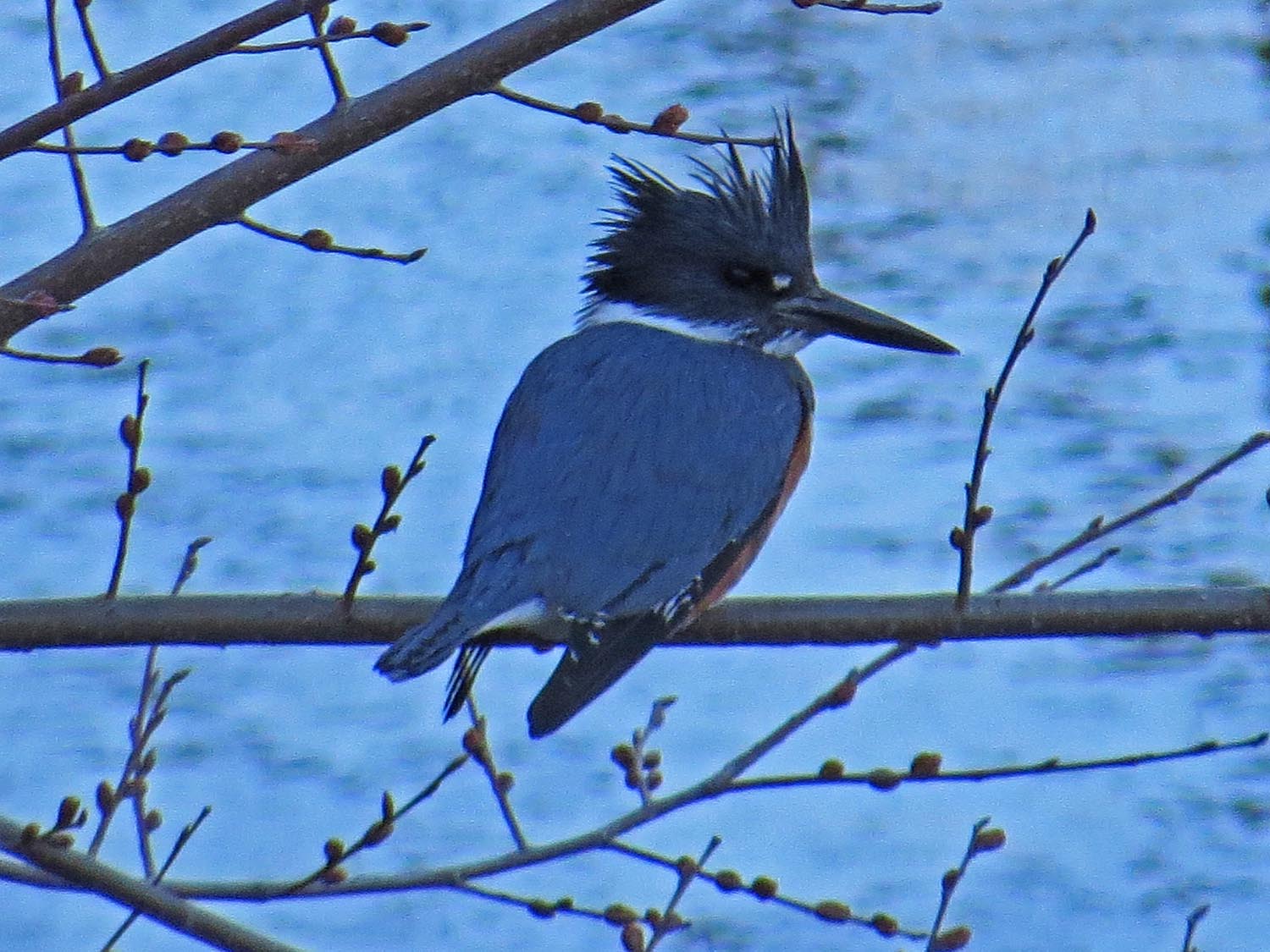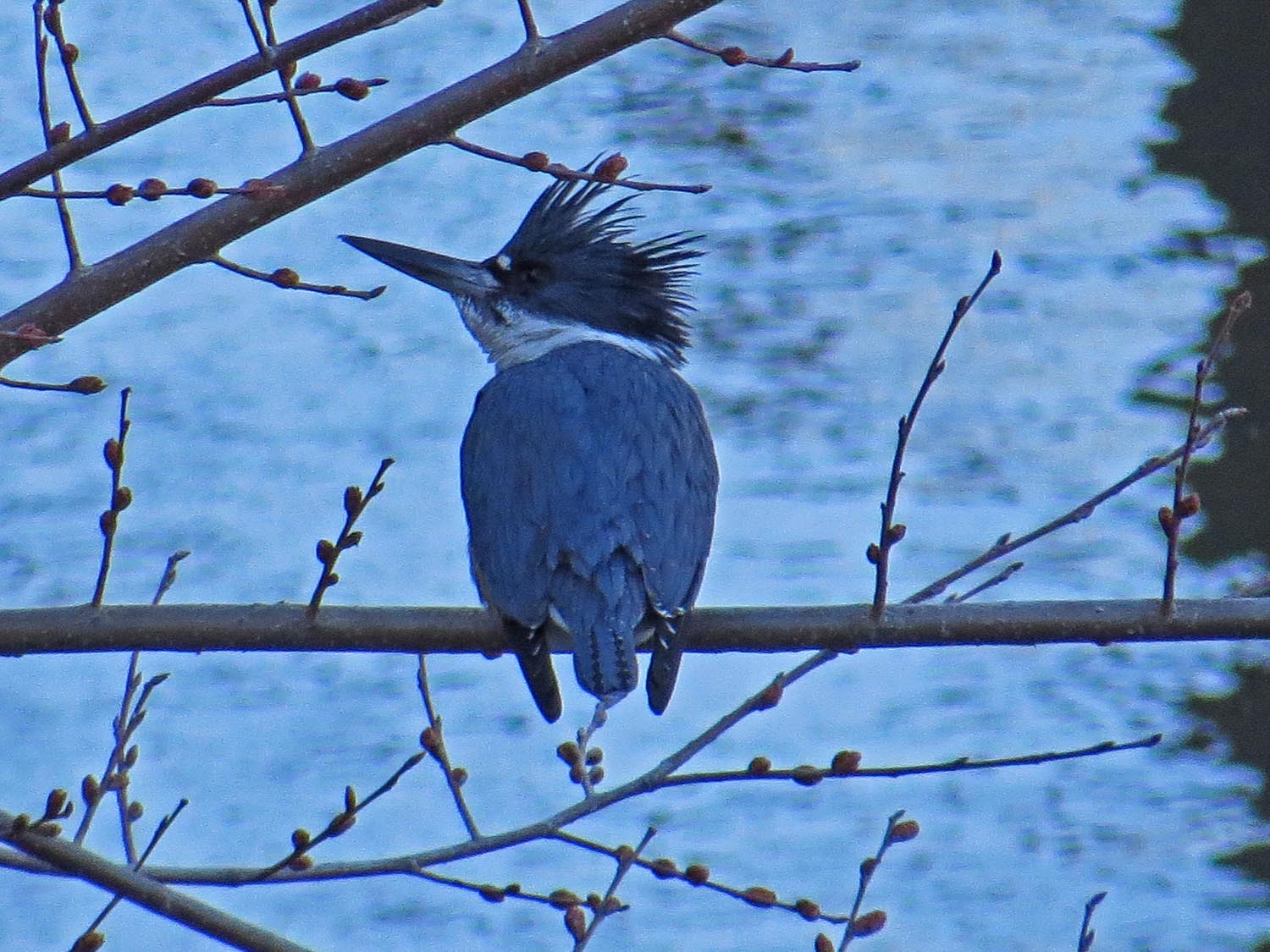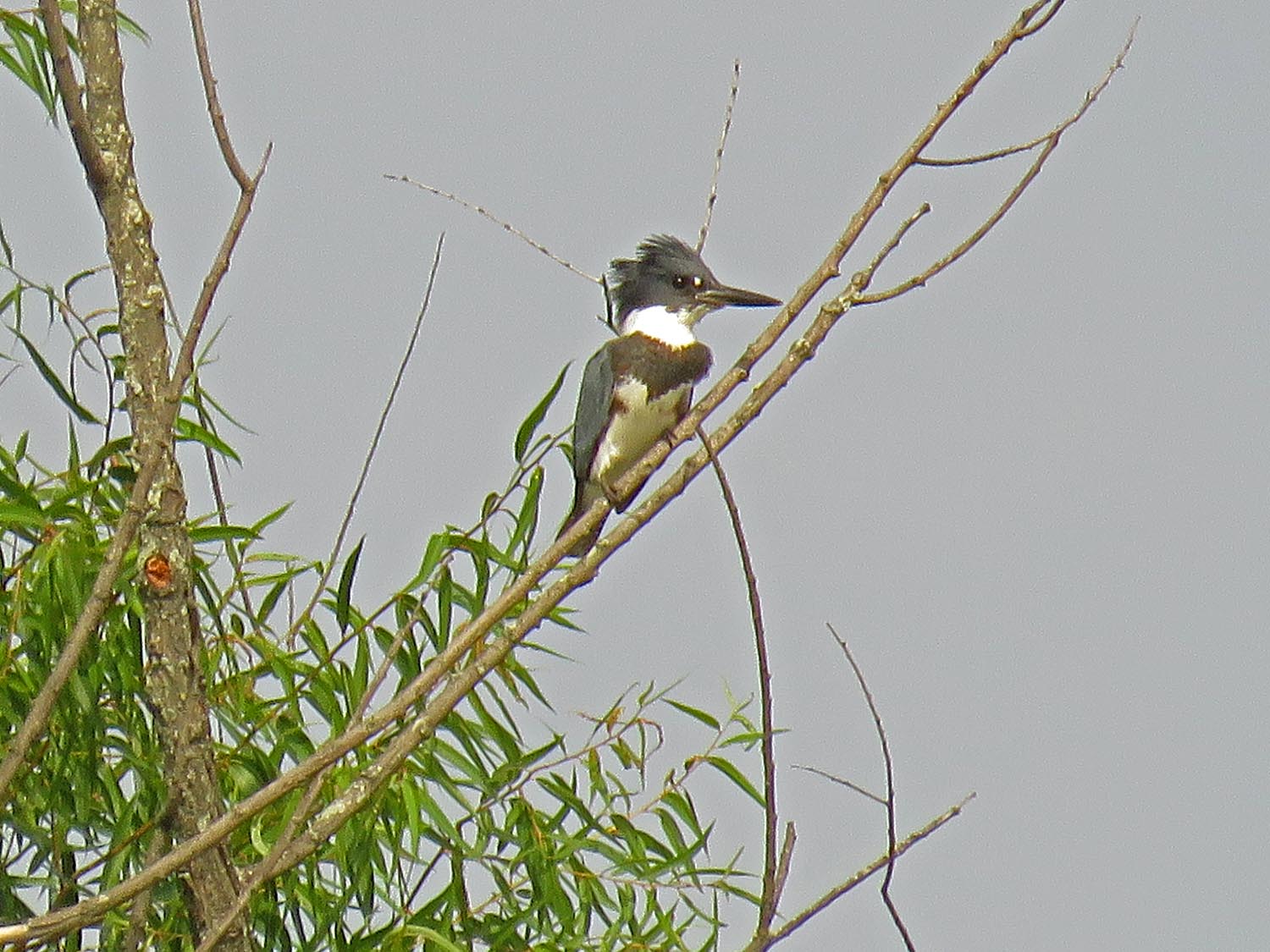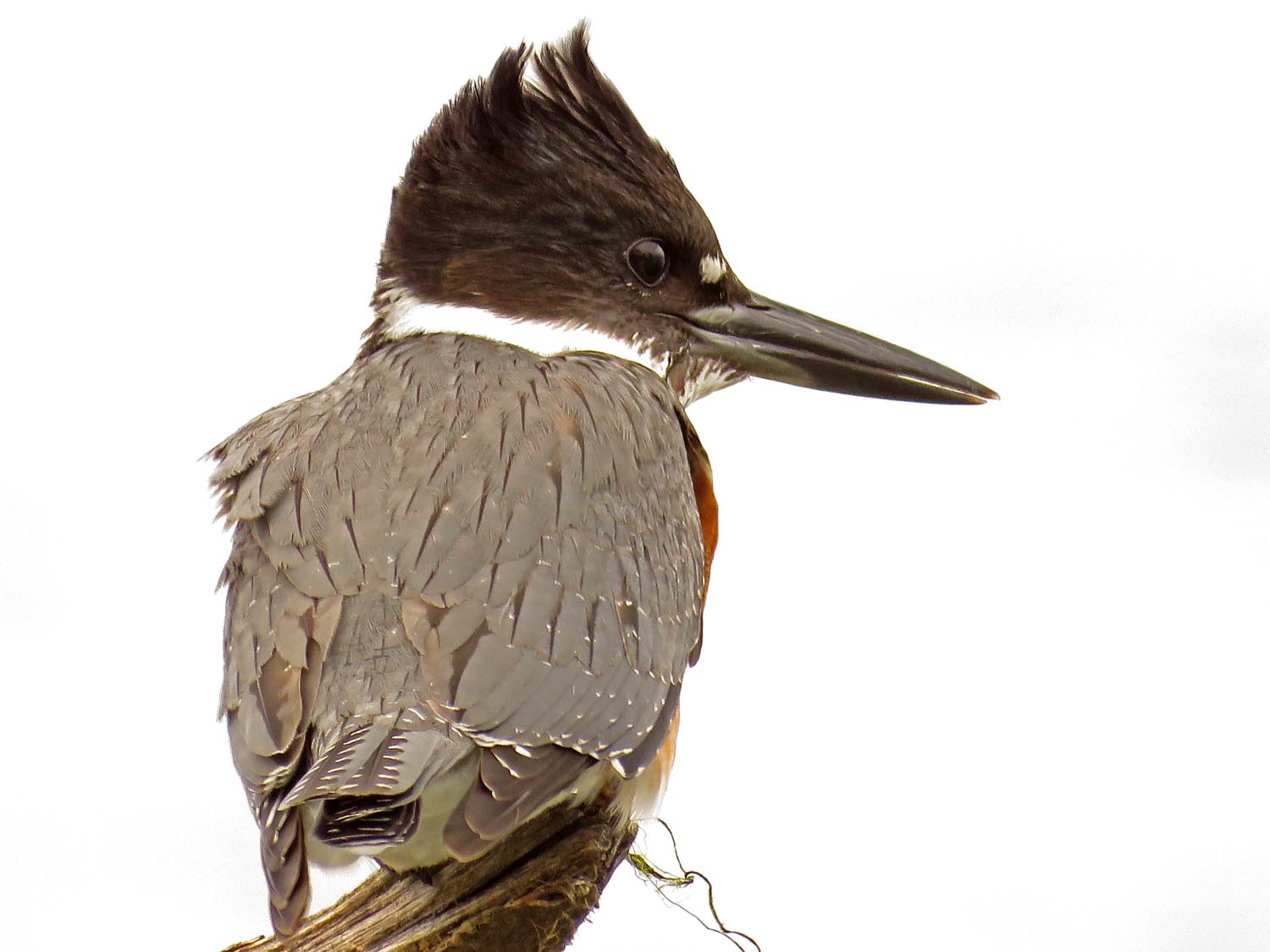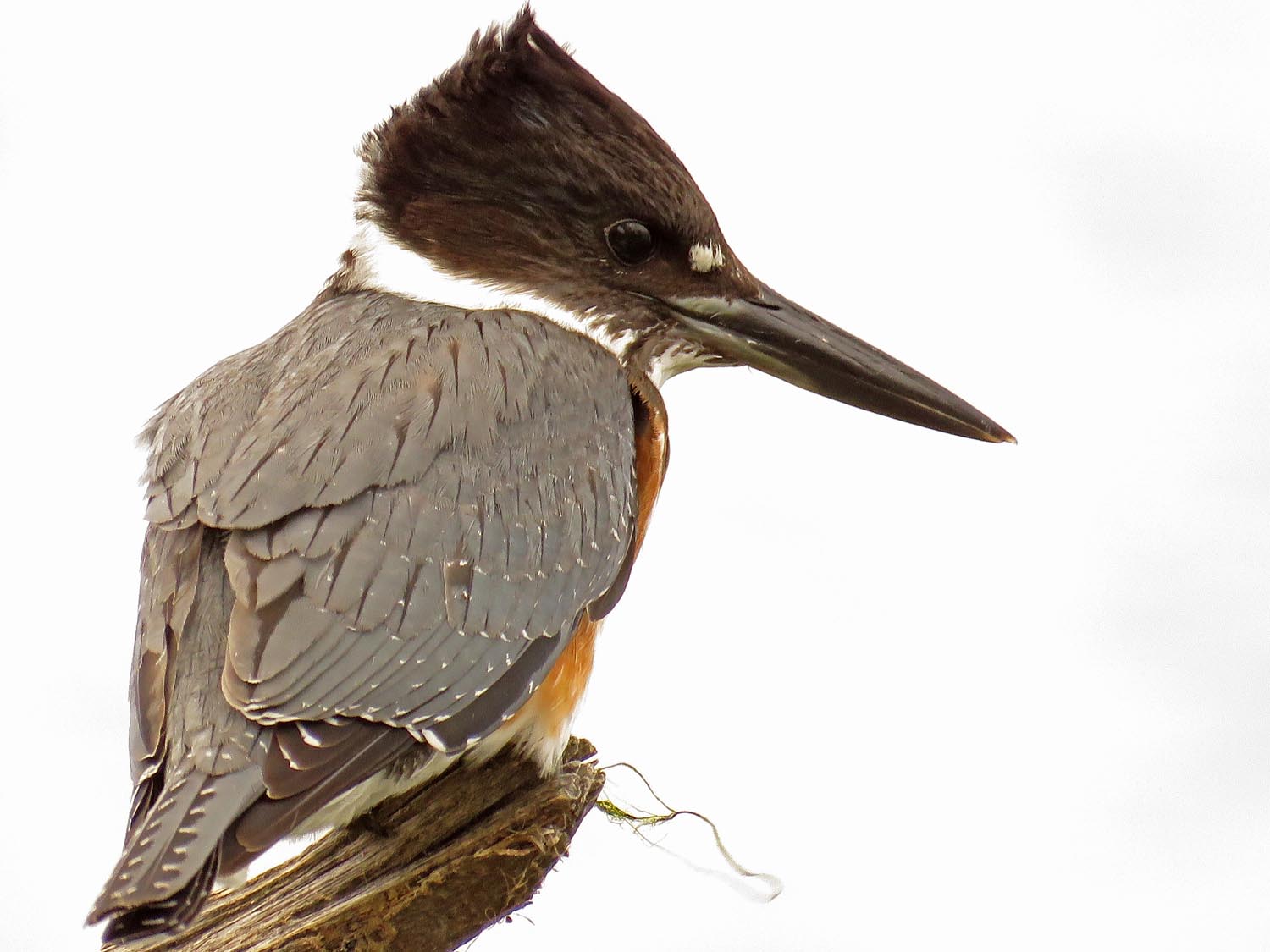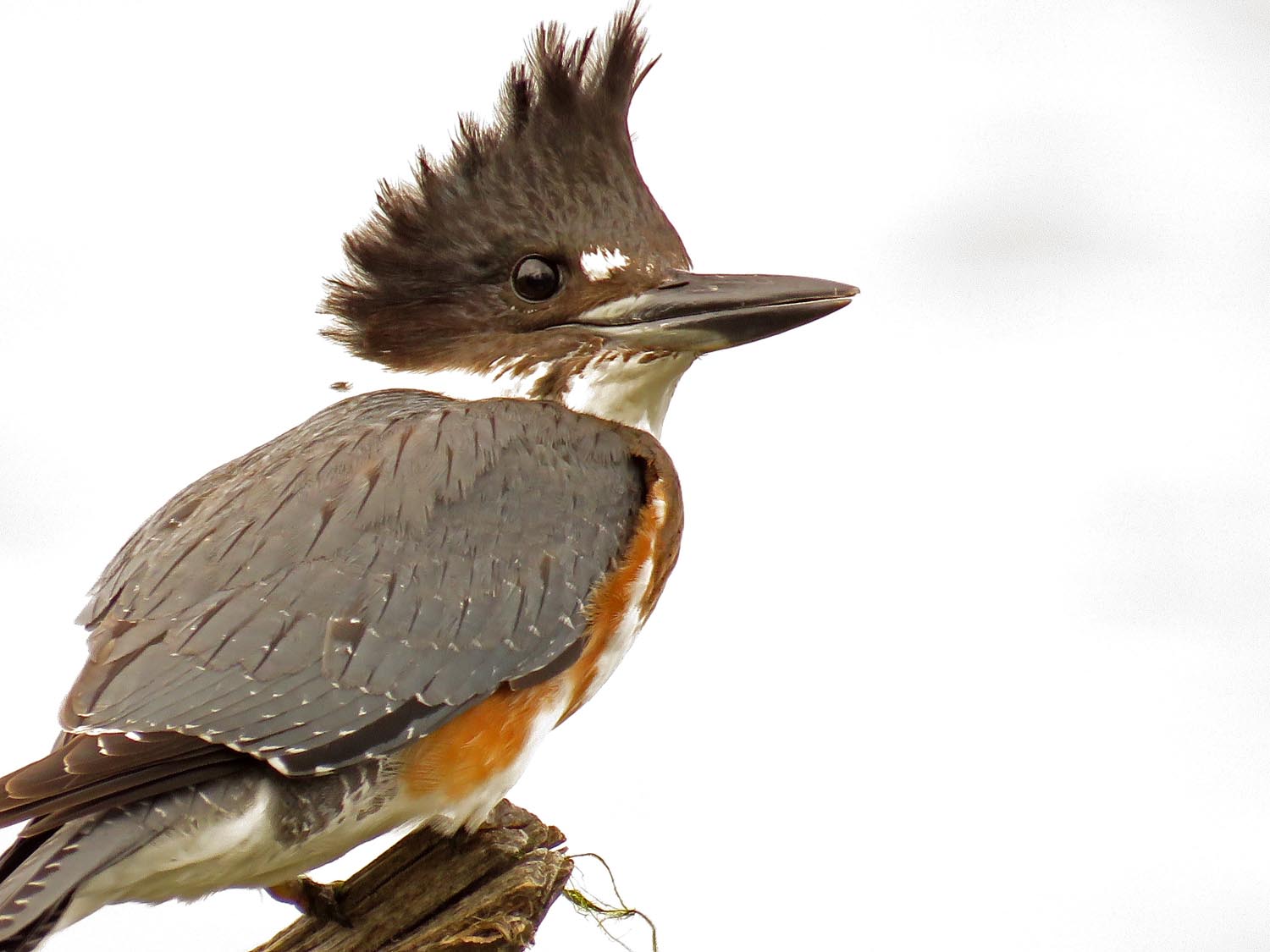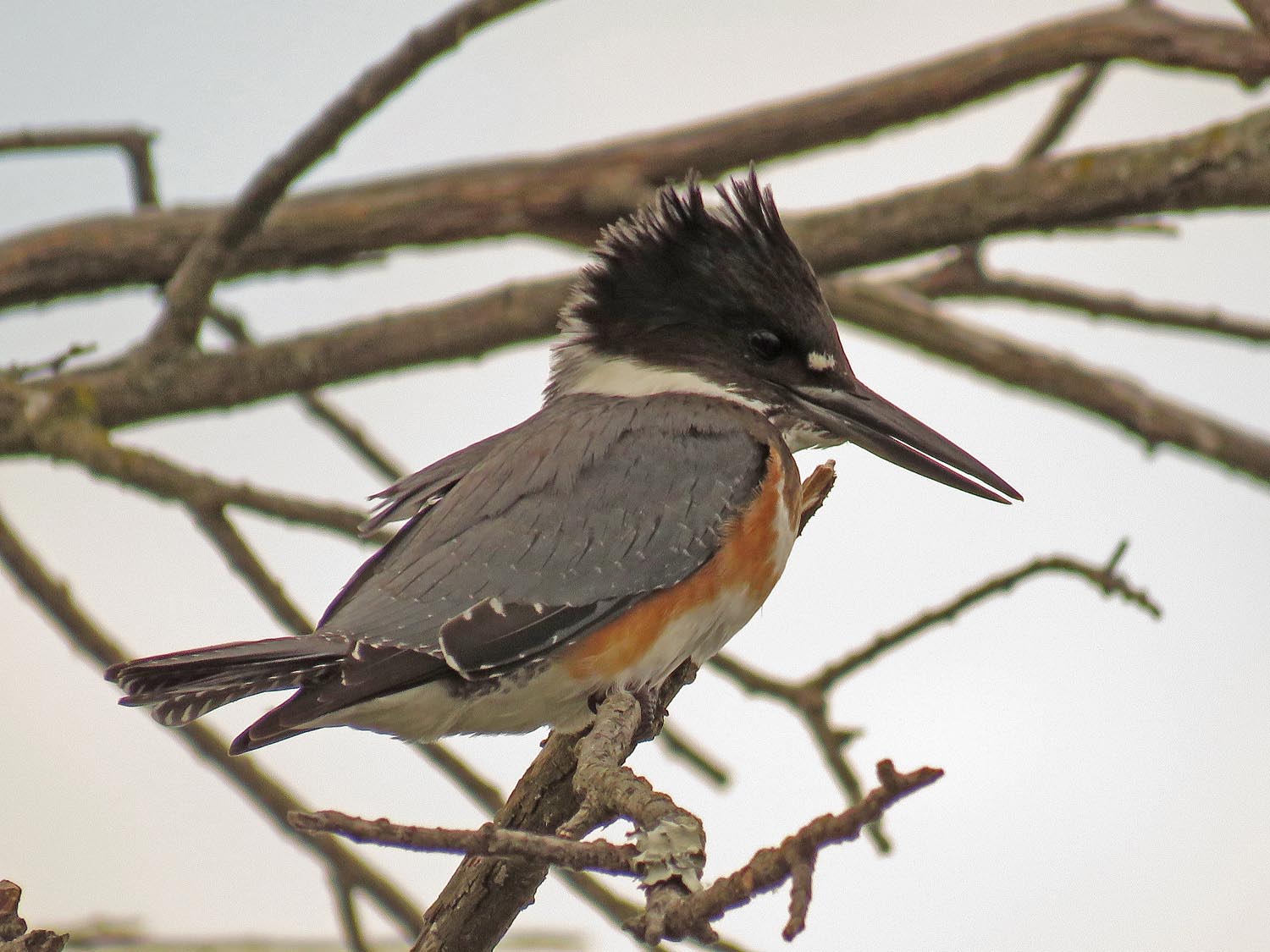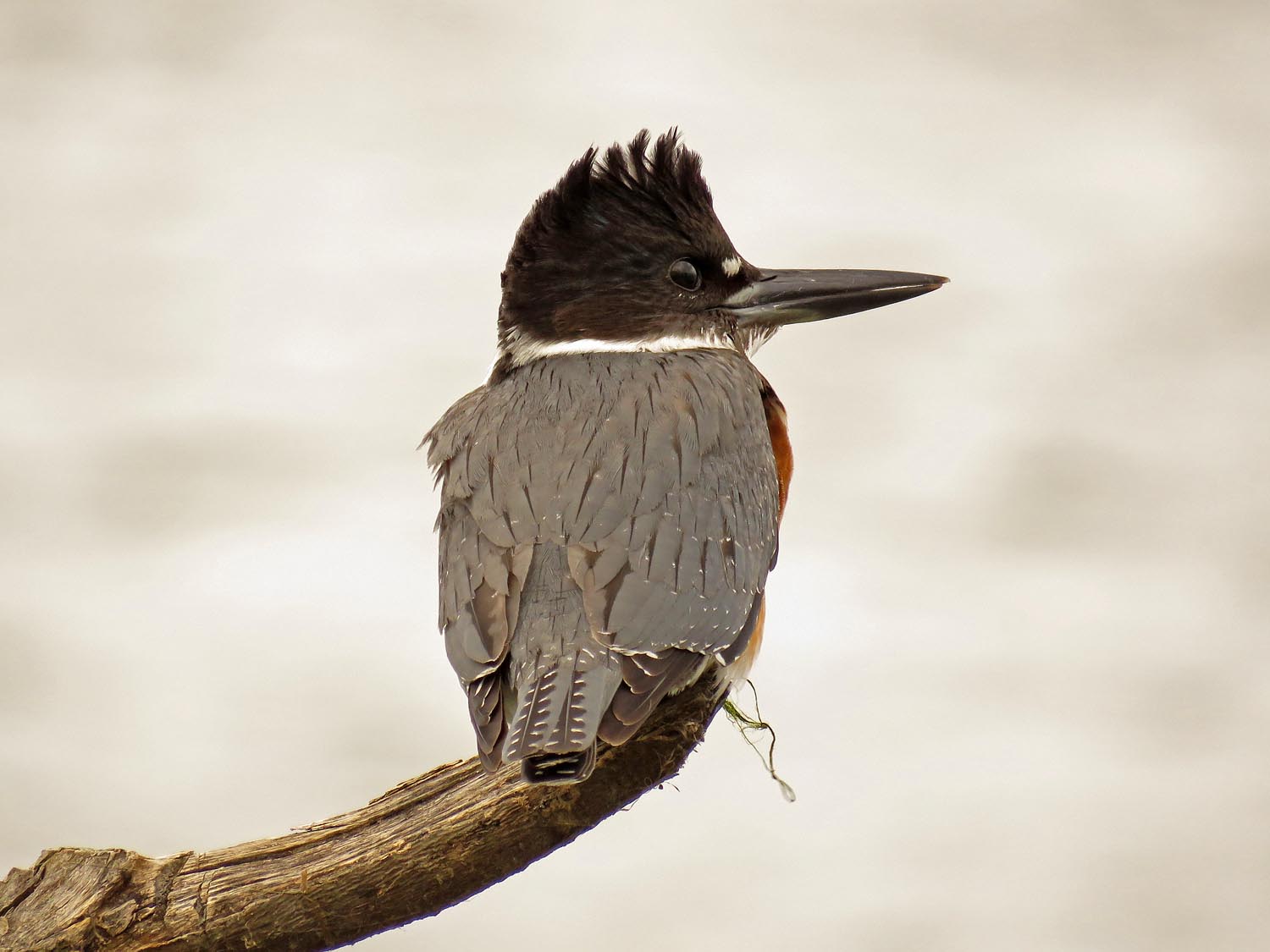When they are youngsters, little blue herons (Egretta caerulea) look a lot like egrets. When I saw this bird at Staten Island's Mount Loretto Unique Area in August, at first I thought the bird might be a great egret or a snowy egret. But the leg color wasn't right, nor was the bill color. Fortunately, some birders at the pond told me it was a little blue heron. Who could guess that this white-feathered youngster will sport blue-gray plumage when the bird becomes an adult. I understand that this is the only heron species that undergoes such a drastic change.
Juvenile little blue heron, Mount Loretto Unique Area, August 27
Juvenile little blue heron, August 11
The Filming the Feathers video was shot August 11, 20, 27 and September 1, and features the little heron eating fish, insects and a big frog. I set it to guitar waltzes by Agustin Barrios Mangore, performed by Christian Silva Gonçalves and Tariq Harb, and obtained from MusOpen.org, a royalty-free music source.
I went to Staten Island a few times after September 1, but didn't see the young little blue heron again. These photos are from August 11, 27 and September 1. You can see more photos on the Little Blue Heron page.














